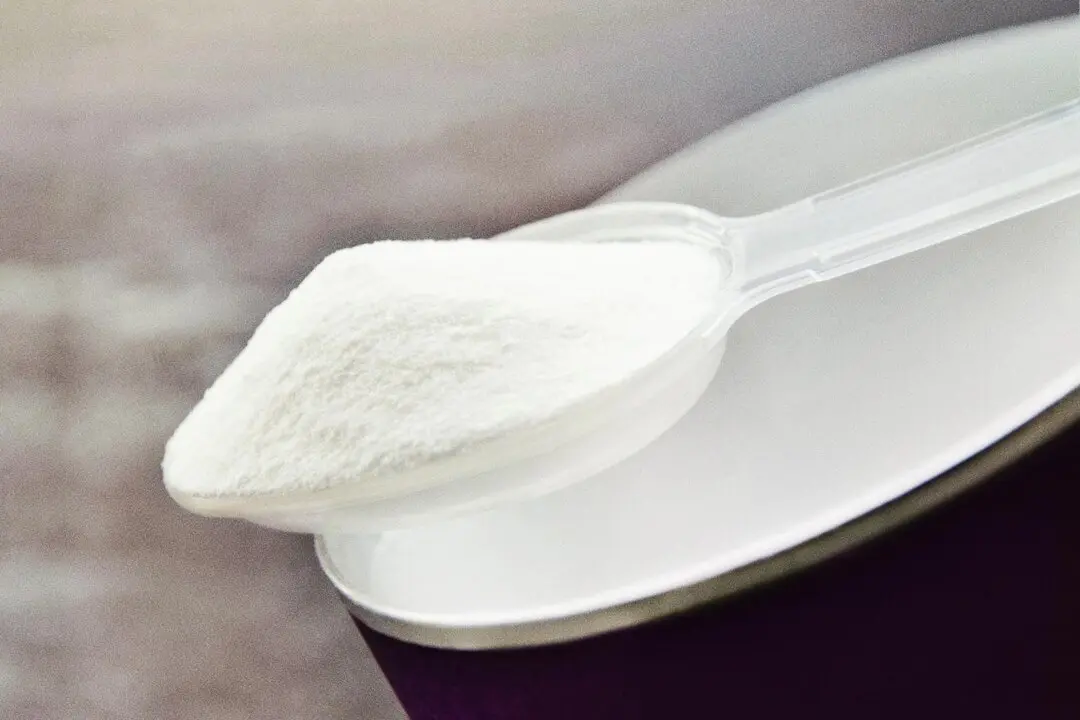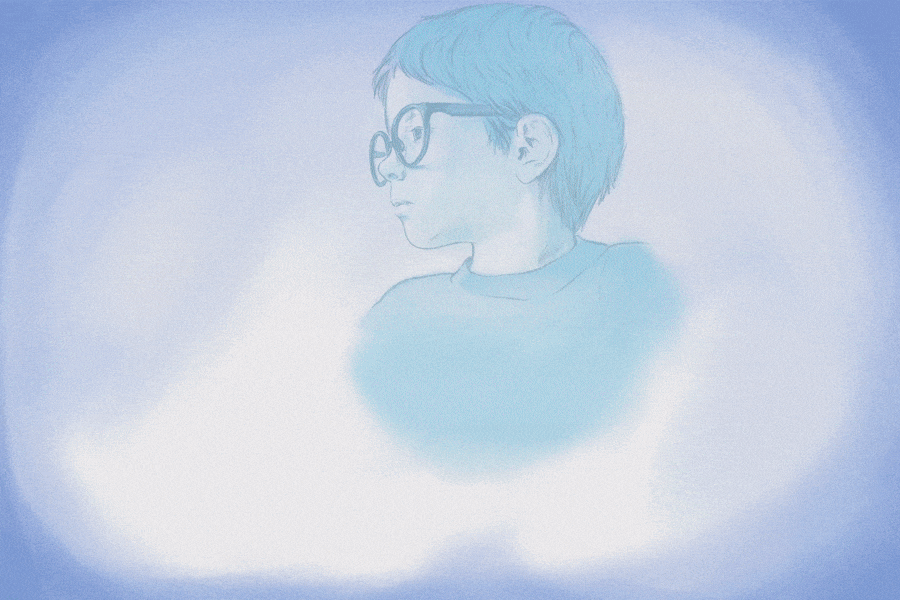John Ottwell was driven by desperation five years ago to search online for a non-pharmaceutical treatment for multiple sclerosis (MS). That’s when he stumbled onto a social media page about the Coimbra protocol.
He read testimonies that convinced him it was worth a try, since his multiple sclerosis (MS) only continued to decline after his diagnosis, even with medication. He ended up in a wheelchair and in mental and physical misery. “The neurologist says to you there is no cure. The best hope for you is slow progression,” Ottwell said. “It’s a terrible, terrible disease.”






